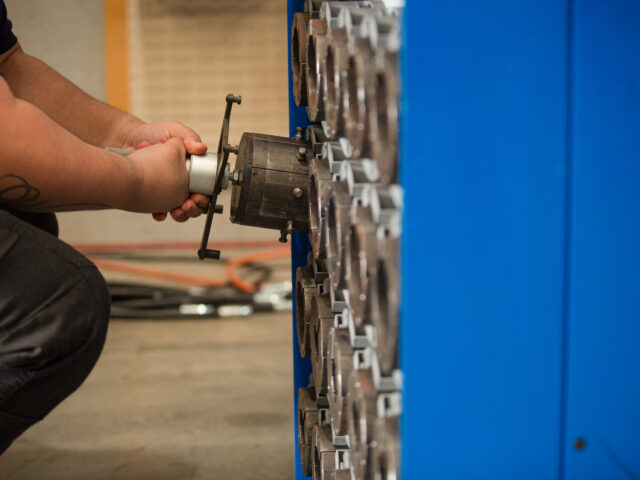Let’s have a look at some of the reasons why sticking to the official crimp diameter is so important…
- Hoses are made to a standard. Different countries have different standards. Standards include allowable tolerances and tolerances vary.
- All hydraulic hose is manufactured on some form of mandrel and mandrels, like anything else, wear over time. This causes variance to the inner diameter of the hose.
- Manufacturers can make hose at either end of the tolerance on purpose. Therefore, two different importers of the same manufacturer’s product, can have two totally different crimp diameters.
- There are different styles of hose and nowadays, more than ever, the industry is evolving at a faster pace. There are new hybrid hoses with thinner outer covers and far more flexibility, which can require totally different crimp diameters.
Hose tail styles are designed specifically to work on a product or product range.
If the hose has a thicker cover than the tail is designed for, no amount of tail collapse will help. The barbs will not cut through the cover and will not get a grip on the wire. It will blow off. If the cover is too thin, the barbs may be too aggressive, and the liner will be damaged when it is crimped. This may work for a while, but it will most likely fail over time.
It’s not like the good ole days when you could just squeeze on the hose tail and think “she’ll be right”. Pumps are using higher pressures and machines are running at considerably higher temperatures. It’s not even that, if you get an injection injury in the old days, they could just cut off your hand and tell you to get back to work. I’m pretty sure it’s not that simple any more.
I’ll tell you how important having a hose assembly that works is. With an aim of zero hose assembly failures, Taipan purchased their own impulse tester to double check both the manufacturer and third-party testers’ results.
Please use the official crimp diameters for specified products, as recommended by your supplier and everything should be hunky dory!
The cold hard facts of the hydraulic hose and fittings industry are that almost anyone can manufacture a hose assembly qualified or not. To reduce risk to a minimum, manufacturers of quality products go to great lengths to ensure their product works.


